Ezo Spruce are one of my favorite trees grown as bonsai. Ezo are found growing north of Japan on the island of Sakhalin. This island was once part of the empire of Japan but was annexed to Russia after World War II. Prior to WWII the collecting of Ezo was promoted by the late Saburo Kato and his father Tomekichi of Mansei-en . Despite the many qualities of Ezo Spruce for bonsai, mature specimens are not commonly seen in the U.S.

Saburo and Tomekichi Kato with collected Ezo Spruce, circa 1930’s
(Photo from Thomas S. Elias’
“Mansei-en and the Kato Family: Part One” article, pg. 16)
One reason for the lack of Ezo in the U.S. is that Spruce are prohibited from being imported into the country with a few exceptions.The other reason is that even though Ezo can be propagated by cuttings they grow very slowly so mature Ezo bonsai are rare in North America.
One place you can see specimen Ezo bonsai is here at the Museum . Our three Ezo bonsai do not begin to push new growth until late May and are some of the last to come out of winter dormancy. Trees found growing in very cold climate have developed this trait to ensure their tender spring growth is not damaged by late frosts. The way we handle their new growth consists of pinching new growth and cutting back where possible.
This Ezo is flush with new growth and ready for pinching.
Timing is everything in bonsai and there is a specific window of opportunity to pinch Ezo. This image shows the ideal time to pinch the new growth. The buds have elongated enough to pinch but have not started to harden off.
Simply pinch the tip of the new shoot and pull.
Make sure to leave a portion of new growth.
Selective pruning is also essential in maintaining Ezo bonsai.
Prune back to smaller buds when possible so that the trees stays compact and energy is balanced throughout the tree.
Before pinching and pruning
The same section after.
The total amount of material removed as well as few small faulty branches.
Before we began
and the finished product.



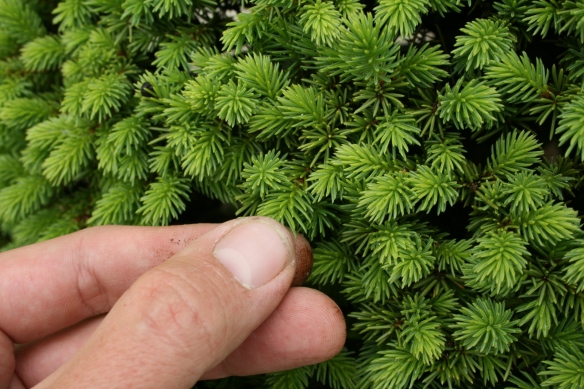
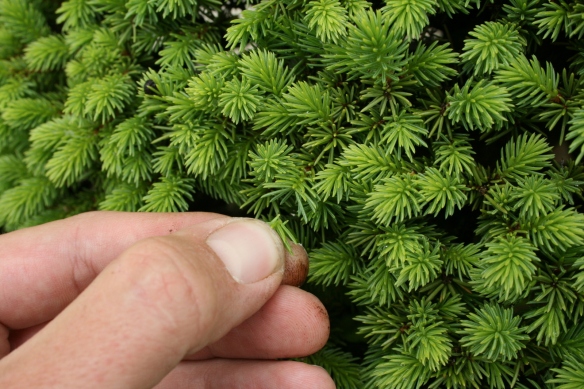
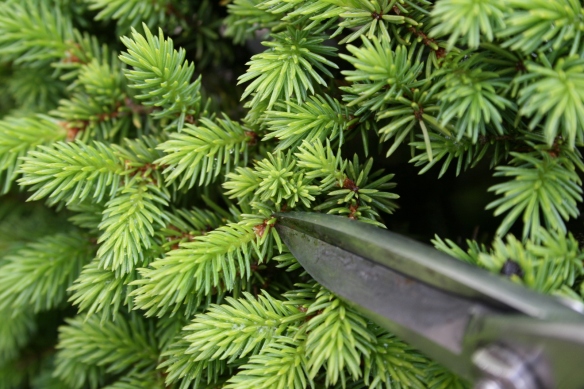
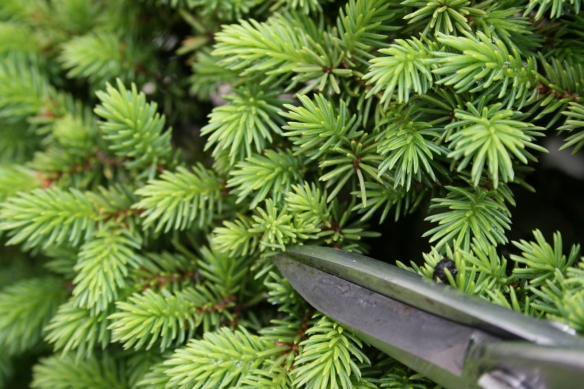
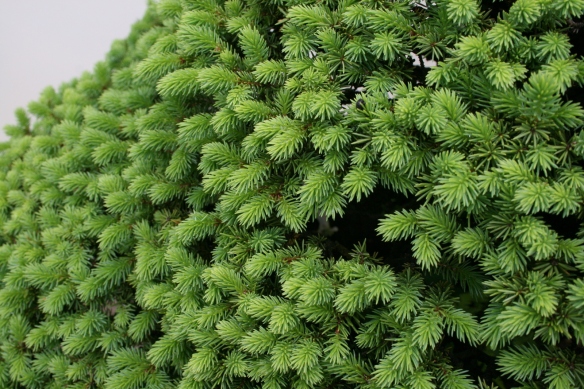
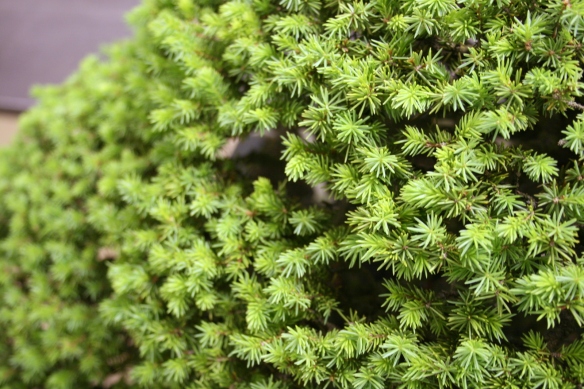
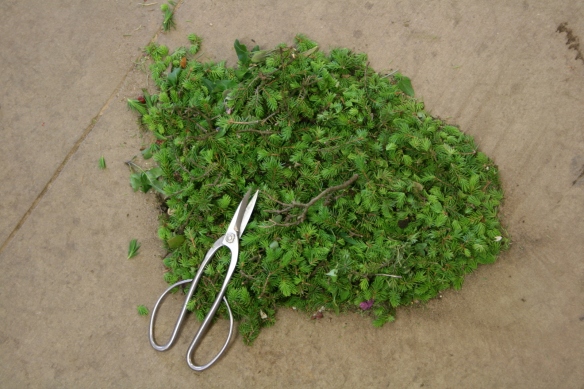


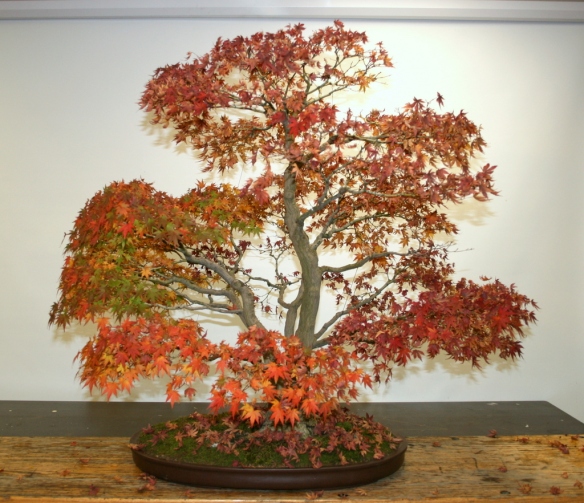

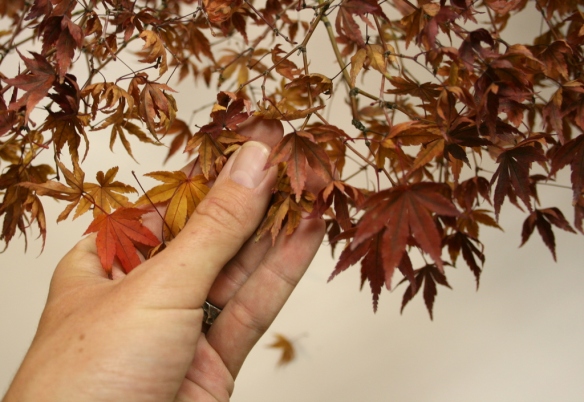

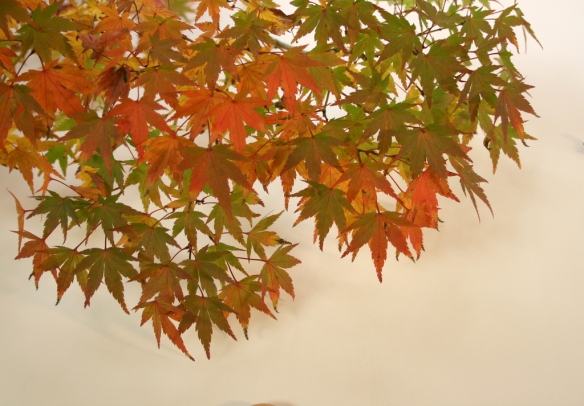




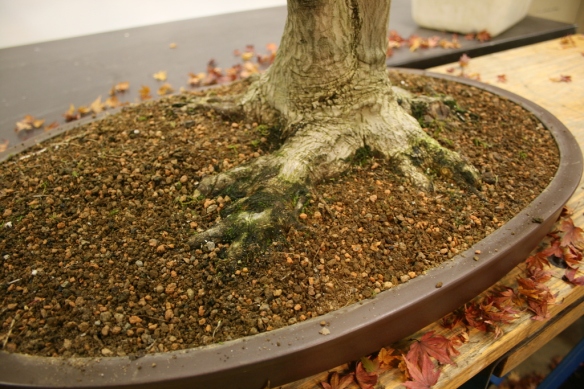
You must be logged in to post a comment.